Ho Chi Minh City will have more opportunities to attract investment, develop industry, services and trade, thereby promoting comprehensive development.
Prime Minister Pham Minh Chinh has just signed Decision 1711/2024 approving the Ho Chi Minh City Planning for the 2021-2030 period, with a vision to 2050.
Add 5 cities to Ho Chi Minh City
According to the plan, Ho Chi Minh City will continue to be a special urban area, including the central urban area and 6 affiliated urban areas; after 2030, it will begin to build urban areas following the multi-center city model.
In terms of economy , Ho Chi Minh City strives to achieve an average GRDP growth rate of 8.5% - 9% per year in the period of 2021 - 2030. By 2030, the average GRDP per capita at current prices will reach 385 - 405 million VND, equivalent to 14,800 - 15,400 USD. The average proportion in GRDP of the service sector is over 60%, the industrial - construction sector is about 27%. In terms of society, the forecast of the actual permanent population of Ho Chi Minh City by 2030 is about 11 million people; by 2050 it is about 14.5 million people. The growth rate of social labor productivity is 7%; reaching a rate of 42 hospital beds/10,000 people, 23 doctors/10,000 people.
Today, January 4, the Ho Chi Minh City People's Committee held a conference to announce the Ho Chi Minh City Planning for the 2021-2030 period, with a vision to 2050.
The plan also aims for Ho Chi Minh City to develop 10 logistics centers in the areas of Cat Lai, Long Binh, Linh Trung, High-Tech Park, Tan Kien, Hiep Phuoc, Cu Chi, Hoc Mon, Binh Khanh and Tan Son Nhat air transport logistics center. Develop Ho Chi Minh City into a special-class seaport, including 7 main wharf areas: Cat Lai - Phu Huu, Hiep Phuoc (on Soai Rap River), wharf area on Saigon River, Nha Be wharf area, Long Binh wharf area, Can Gio international transit port area and potential ports in Can Gio district.
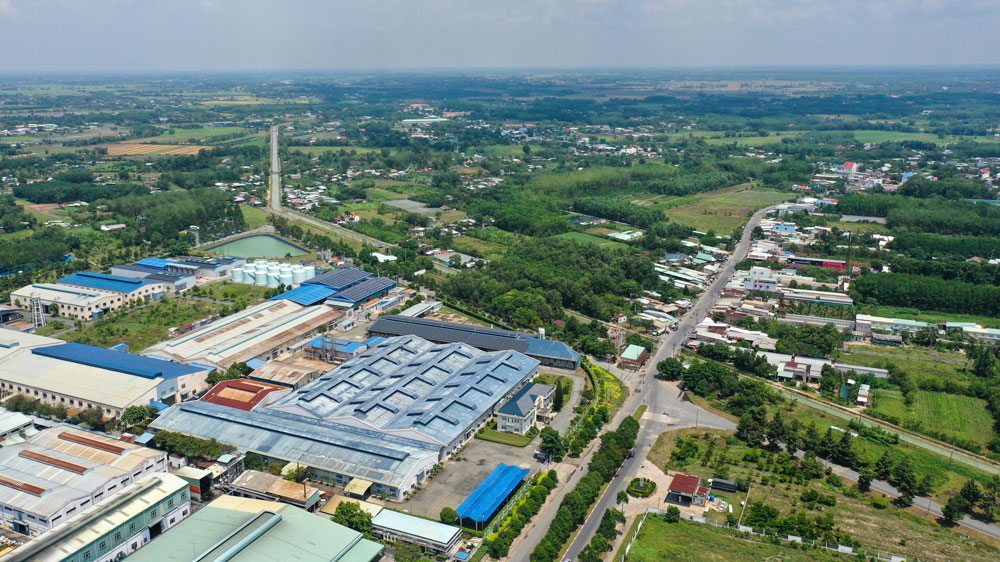
Cu Chi District, Ho Chi Minh City is one of five districts oriented to be upgraded to a city directly under Ho Chi Minh City, to form a multi-center city model. Photo: HOANG TRIEU
National corridors passing through Ho Chi Minh City include: East-West corridor (Ho Chi Minh City - Moc Bai); North-South corridor (including 3 branches of Ring Road 3, Ring Road 4 and Ben Luc - Long Thanh expressway). Research on developing the southern coastal road axis from Tien Giang through Can Gio, Ho Chi Minh City to Ba Ria - Vung Tau and Dong Nai.
Notably, by 2030, urban and rural development will follow the orientation of "villages in cities, cities in villages". Continue to develop Ho Chi Minh City as a special urban area including the central urban area and 6 affiliated urban areas including Thu Duc City (type I urban area) and 5 satellite urban areas that basically meet the standards to be upgraded to cities (including Cu Chi, Hoc Mon, Binh Chanh, Nha Be, Can Gio).
After 2030, start building urban areas according to the multi-center city model, including: central urban area, Thu Duc urban area, Cu Chi - Hoc Mon urban area, Binh Chanh urban area, District 7 - Nha Be urban area and Can Gio urban area (marine ecological urban area). By 2050, complete the construction of Ho Chi Minh City according to the multi-center city model.
Worthy of special urban status
Dr. of Science and Architect Ngo Viet Nam Son emphasized that this planning aims to restructure Ho Chi Minh City towards a multi-center urban area with some important highlights. Overall, the planning shows the city's development orientation in the future.
Specifically, the immediate phase will focus on two main multi-center areas, led by Thu Duc City and District 7 - Nha Be cluster (Phu My Hung area). For other areas such as Cu Chi, Hoc Mon, Binh Chanh..., in the long term, when these districts meet the set criteria, they will be upgraded to cities. In the multi-center system, Ho Chi Minh City will focus on building a connecting infrastructure system, including belt roads, radial routes, public transport systems such as urban railways connected to the bus system to connect the multi-center areas together, thereby bringing higher economic efficiency.
According to architect Ngo Viet Nam Son, this orientation focuses on the space on both sides of the Saigon River, especially adding green water space to the city in the context of increasing concretization and lack of green space. "The green space on both sides of the Saigon River, the two sides of the canals are connected together to create green space for the entire city, restoring the old river identity. Accordingly, the works on both sides of the Saigon River will be given more attention and development, in the immediate future, Bach Dang wharf, Thanh Da area and in the future, Saigon port area, Tan Thuan area running out to the sea..." - Mr. Ngo Viet Nam Son pointed out.
In addition, Ho Chi Minh City will develop more strategic infrastructure such as Can Gio seaport, high-speed railway system, roads connecting to surrounding provinces and cities, river bus system connecting riverside space. "Ho Chi Minh City expects the Central Government to grant it a special mechanism, more power, worthy of a special urban area. Giving more power also means the city will have more responsibility in contributing to the budget to the Central Government" - Architect Ngo Viet Nam Son emphasized.
Diverse development space
According to economic expert - Dr. Le Dang Doanh, the planning of Ho Chi Minh City for the period 2021-2030, with a vision to 2050, will create a diverse development space for the city, which is considered the most dynamic and creative in the country.
Regarding satellite towns that meet the standards to be upgraded to cities with the model of "city within a city", Dr. Le Dang Doanh said that each town should be prioritized for development according to its own strengths and advantages. For example, Can Gio district, with its advantages in developing logistics, including seaports, will need strong investment to become a transit point, connecting with other localities and internationally. Meanwhile, other towns will focus on high-tech and high-tech agriculture.
Dr. Le Dang Doanh emphasized that developing Ho Chi Minh City in a multi-center direction, forming satellite cities will be a solution for sustainable and harmonious city development. However, to form satellite cities and develop them to their full potential, Ho Chi Minh City needs to have careful preparation, refer to the experience of countries around the world on the "city within a city" model, as well as summarize the experience after the process of Thu Duc City belonging to Ho Chi Minh City to draw lessons. The goal is to implement planning in a methodical manner, with a comprehensive view to avoid falling into "bottlenecks" in traffic, housing, environmental pollution, etc.
Dr. Tran Quang Thang, Director of the Ho Chi Minh City Institute of Economics and Management, said that with this planning, the city will form creative knowledge urban areas, industrial - urban - service zones. The development of buffer zones and ecological zones between urban areas as well as urban areas with the central urban area will help create a modern, convenient and sustainable living and working environment.
Economically, the planning will promote the sustainable development of Ho Chi Minh City, create conditions to attract investment, develop industries, services and trade, thereby creating more jobs, improving lives and promoting comprehensive development. "Ensuring proper implementation of the planning is very important to avoid "planning distortion" and improper planning adjustments. To do this, there needs to be strong mechanisms and sanctions in sync with other feasible solutions such as strengthening supervision and inspection" - Dr. Thang commented.
Dr. Tran Quang Thang also noted that projects must undergo a serious and comprehensive environmental impact assessment before implementation. At the same time, it is necessary to simplify and make transparent the planning approval process, reduce administrative procedures, and ensure fairness in the distribution of land and resources.
Reducing pressure on housing supply shortage
Mr. Tran Khanh Quang, General Director of Viet An Hoa Real Estate Company, said that the slow development speed of districts on the outskirts of Ho Chi Minh City causes waste of resources, especially land resources. Citing the formation of Thu Duc City which has helped promote the potential of Districts 2, 9, Thu Duc (old), while promoting infrastructure investment, Mr. Quang said that planning to develop 5 more cities in Ho Chi Minh City will also bring good results. "Ho Chi Minh City should focus on promoting the advantages, potentials, and characteristics of each area for easy identification and effective development" - Mr. Quang suggested.
Notably, Mr. Quang predicted that the real estate market in areas planned to develop into cities in Ho Chi Minh City will gradually close the gap with the center, achieving a price increase rate calculated by times in the next 5-10 years. "However, investors need to consider, should not rush to invest in these areas when the planning and legality are unclear, especially do not use borrowed money to invest" - Mr. Quang advised.
On the positive side, when real estate projects in suburban areas develop, it will help reduce the pressure of scarce supply.
S. Nhung
Source: https://nld.com.vn/tp-hcm-huong-den-do-thi-da-trung-tam-196250103212134394.htm




![[Photo] Hungarian President and his wife take a walk and enjoy the view of Hoan Kiem Lake](https://vphoto.vietnam.vn/thumb/1200x675/vietnam/resource/IMAGE/2025/5/28/b9c83fbe6d5849a4805f986af8d33f39)


![[Photo] Hungarian President begins official visit to Vietnam](https://vphoto.vietnam.vn/thumb/1200x675/vietnam/resource/IMAGE/2025/5/27/ab75a654c6934572a4f1a566ac63ce82)


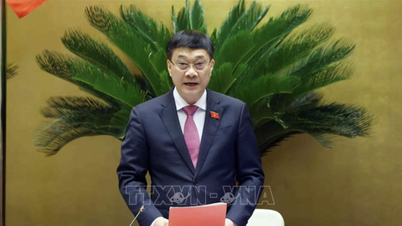
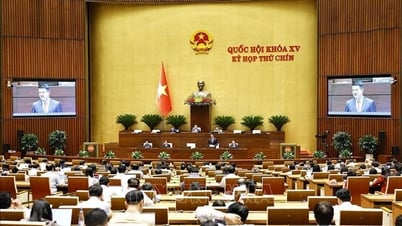

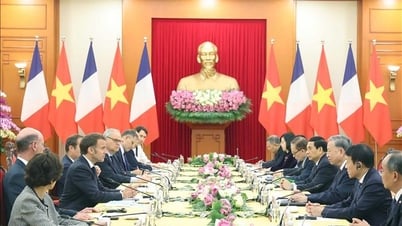







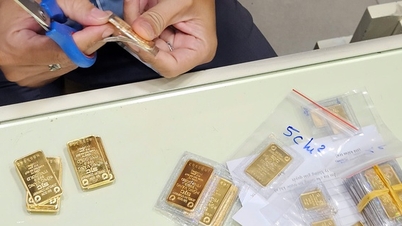
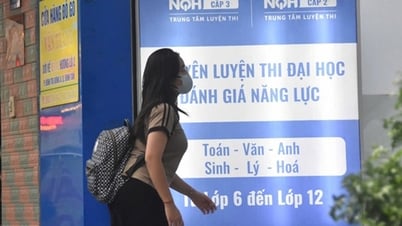



![[Photo] Vice President Vo Thi Anh Xuan, French President Emmanuel Macron and his wife visit Hanoi University of Science and Technology](https://vphoto.vietnam.vn/thumb/1200x675/vietnam/resource/IMAGE/2025/5/27/267b6f2bdf3e46439f081b49f6ec26b1)




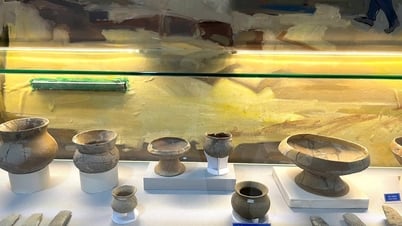


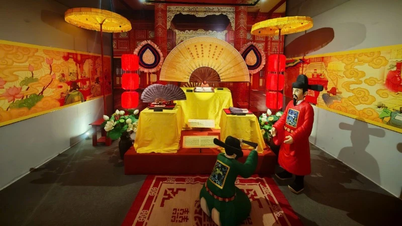









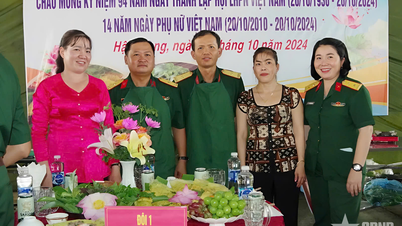


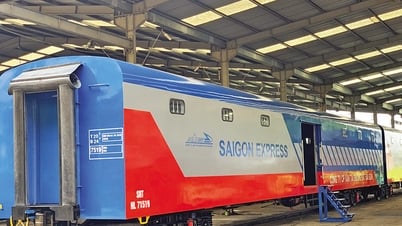


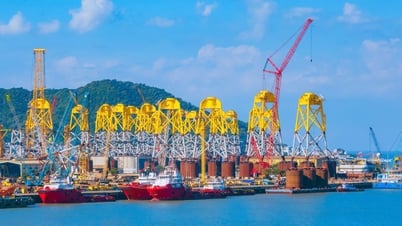






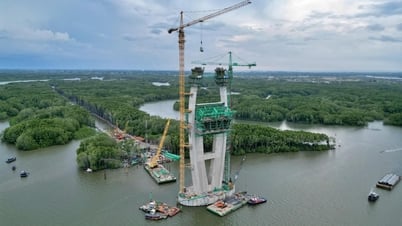

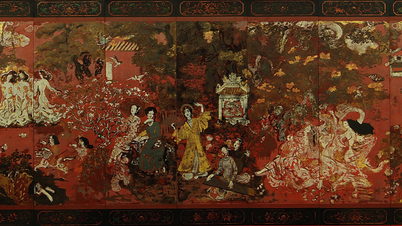

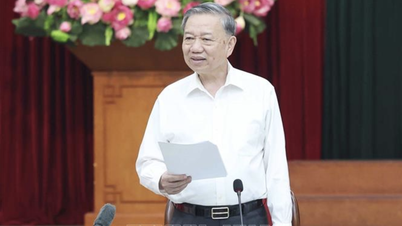


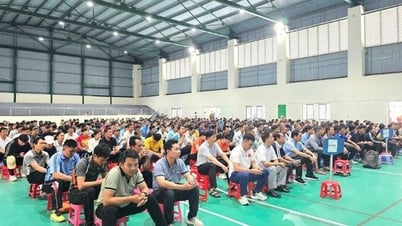
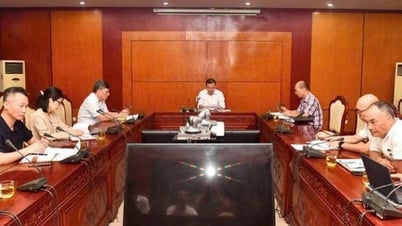
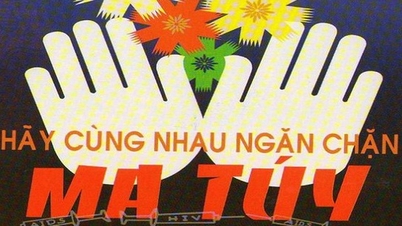
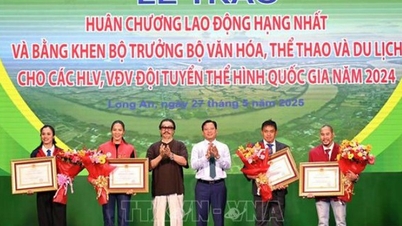




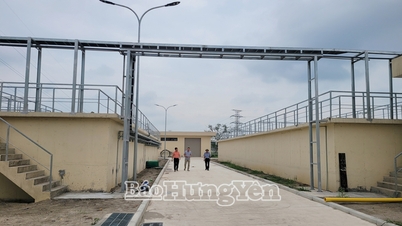





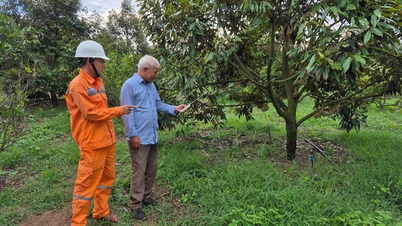

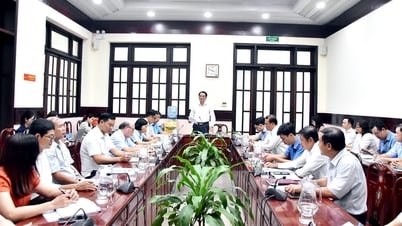






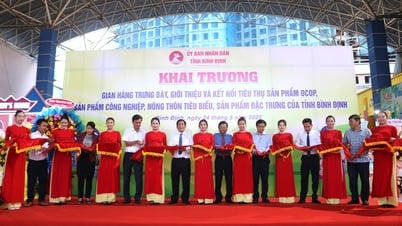





Comment (0)